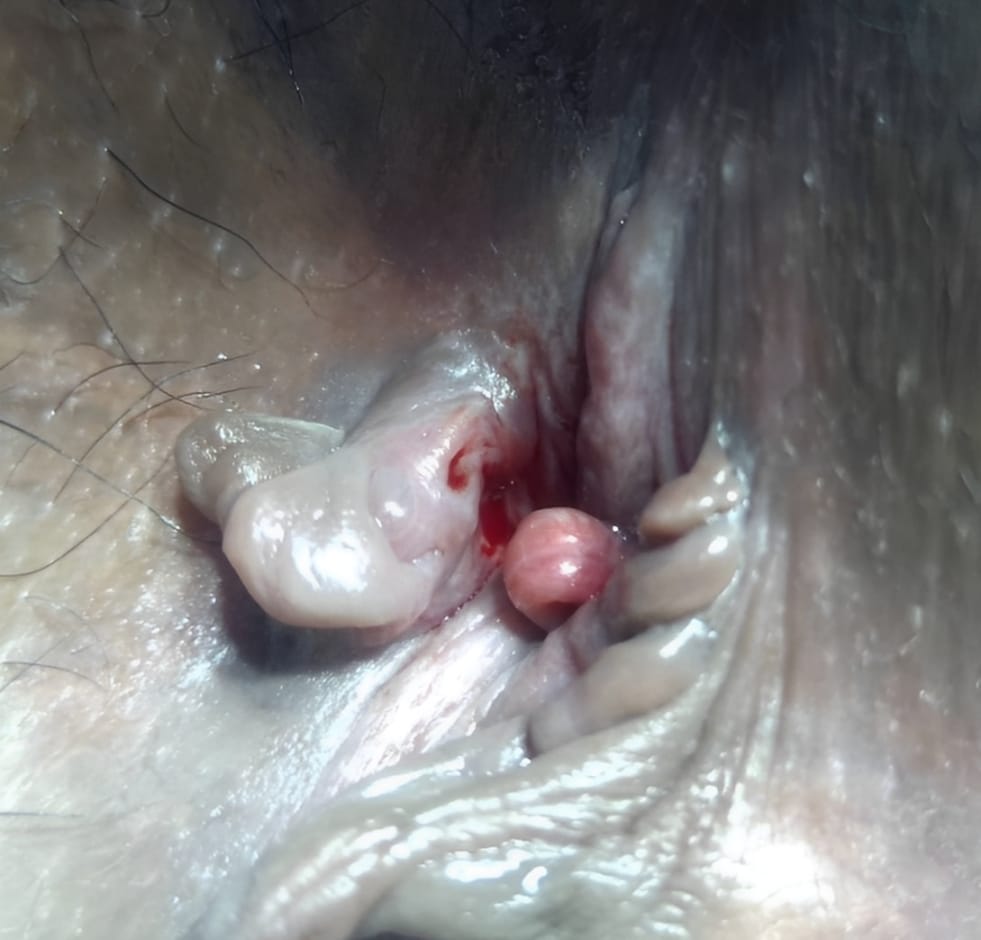
An anal fissure is a small tear or cut in the skin of the anal canal—the area from where you pass stool. Despite being small in size, it can cause severe pain, especially during and after passing stool. Sometimes, you may notice bright red blood or a small lump (a sentinel pile) near the cut. Anal fissures are cracks or tears in the anus and anal canal. They may be acute or chronic.
Anal fissures are caused primarily by trauma, but several non-traumatic diseases are associated with anal fissures and should be suspected if fissures occur in unusual locations.
The most common causes are:
The primary symptom of anal fissures is pain during and following bowel movements. Other symptoms that may occur are: bleeding, itching, and malodorous discharge
In chronic cases, the pain becomes daily, the tear deepens, and healing becomes difficult due to constant spasms of the internal anal muscle.
The tear is located in a very sensitive area. The internal anal muscle goes into a spasm (tight contraction), which reduces blood flow and slows healing. It creates a vicious cycle—pain causes spasms, and spasm delays healing.
Yes, early-stage (acute) fissures often heal with:
However, chronic fissures (present for more than 6 weeks) usually need minor procedures.
Fissurectomy involved cutting away tissues, leaving a raw wound and long recovery. Today, there's a better solution designed for comfort, speed, and precision.
Laser LIS treats the real cause — muscle spasm — without removing tissue unnecessarily. That’s why modern proctologists recommend it, and patients love how fast they heal.
Laser surgery is an advanced, precise, and minimally invasive way to treat anal fissures. The procedure is called Laser Lateral Internal Sphincterotomy
Surgery by lateral sphincterotomy is the standard procedure for curing anal fissures. Because of complications, however, it is reserved for patients who are intolerant of non-surgical treatments or in whom non-surgical treatments have proven to be ineffective.
Minimal damage to surrounding tissues
Improved blood flow means faster recovery
Laser seals vessels during cutting
You can go home the same day
Very low chances of affecting bowel control
Laser treatment targets only the affected area.
Yes, in most cases. However, for patients with weak sphincter muscles (such as elderly individuals or women with multiple childbirths), other techniques like flap surgery may be better suited.
Your doctor will assess your condition and recommend the safest and most effective approach.
Laser Internal Sphincterotomy or LASER treatment is done when a patient suffers from a chronic fissure. During this surgery, the laser is used to create a small incision at the fissure site. This helps to relax the anal sphincter muscles, thereby healing the fissure.
Leaving an anal fissure untreated can result in serious complications like:
If you’re experiencing pain or bleeding during bowel movements, don’t wait. Early treatment can often prevent surgery — and if needed, laser treatment provides a safe, effective, and fast-healing option.
You should see a doctor if:
Yes. Chronic fissures can lead to:
Dr. Kamal Gupta is a senior proctologist with over 34 years of experience and a pioneer in laser surgery for piles, fissures, fistula, and pilonidal sinus. Known for introducing advanced, minimally invasive laser treatments in India, he offers faster recovery and less pain. Patients across India trust him for his expertise, honesty, and personalized care at Karan Hospital, Jalandhar.
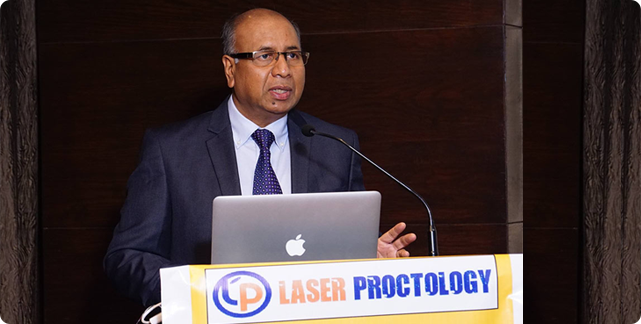
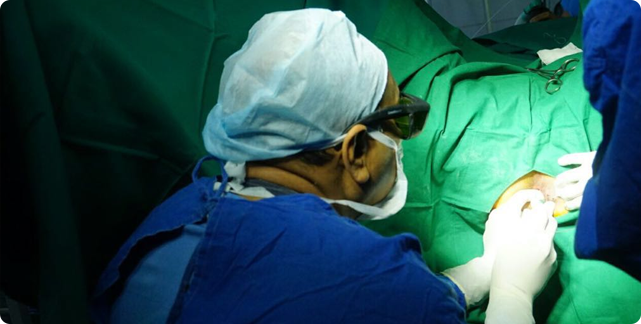
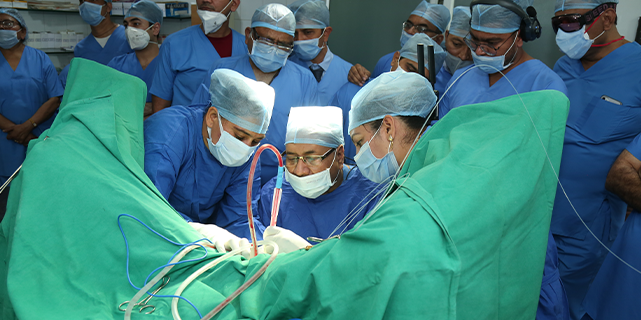
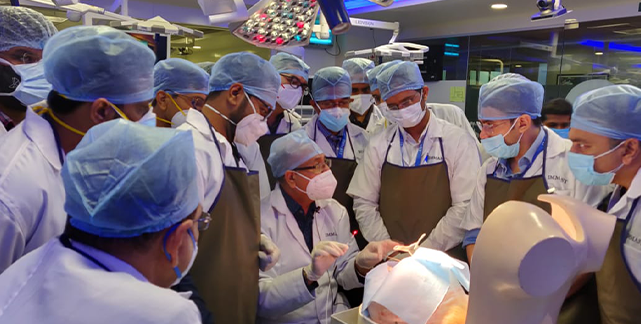

✅ Laser surgery is effective when used smartly by experts.
✅ Healing and Success depend on proper technique and good wound care.
✅ Education and hygiene are the keys to faster, better Healing.
✅ Always choose a surgeon who understands fistulas deeply — not just someone who "does lasers."

